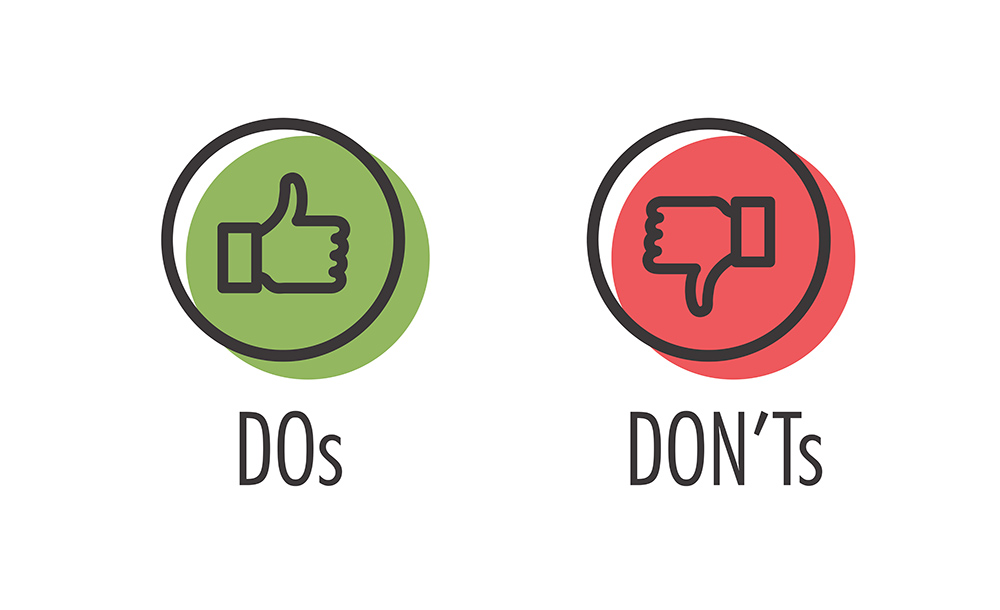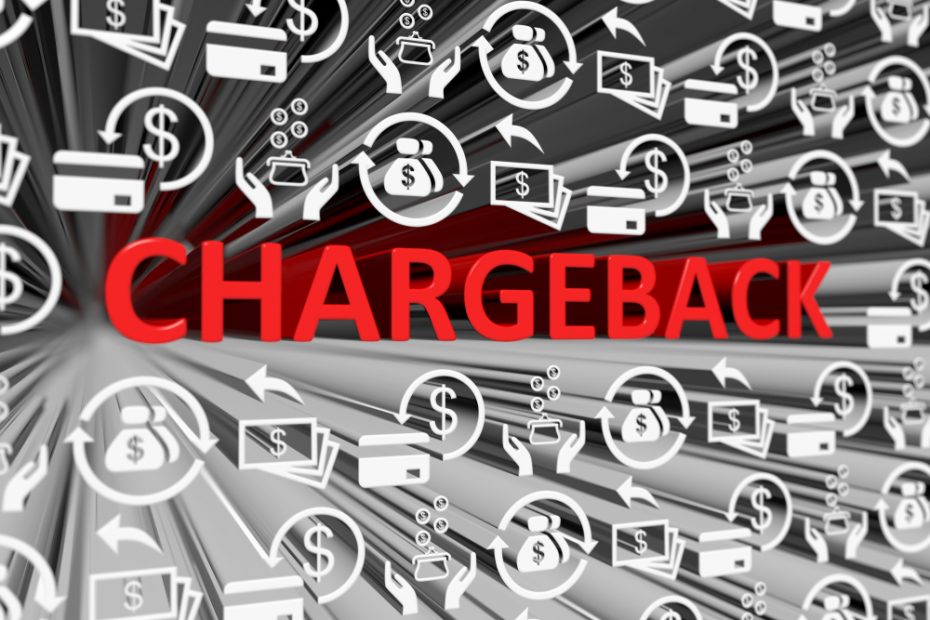Chargebacks are a major threat to a business of any size. The total cost of chargebacks is more than $30 billion per year. Chargebacks are an issue for many merchants, especially eCommerce and other high-risk businesses. With fraud consistently occurring, as well as a rise in the abuse of the chargeback system, they are a growing threat to online businesses.
What Are Chargeback Solutions?
Chargeback solutions are strategies a merchant uses to respond to and prevent chargebacks. There are different types of solutions, including DIY approaches, in-house options, or outsourced solutions from a third-party provider.
How Does Chargeback Management Work?
Chargeback management is a process of recovering lost revenue from chargebacks while analyzing data to prevent future chargebacks. Businesses that manage their chargebacks more effectively can provide more secure transactions, improve overall satisfaction, and produce higher customer retention rates.
Types Of Chargeback Solutions
There are three basic types of solutions for managing chargebacks. These include:
- Fully Managed Solutions: A fully-managed solution for managing chargebacks is a hands-off option. Dispute prevention is handled completely by a third party. This is an ideal option for a company that has a steady amount of chargebacks every month. These solutions allow you to maximize your revenue without having to hire a chargeback expert.
- Self-Service Solutions: Self-service options mix external software with internal systems. You are responsible for chargeback management and prevention. However, self-service solutions will provide reporting and other tools to manage the process. This is ideal for a small business that only has a few chargebacks every month.
- Dispute Prevention Solutions: There are tools that allow you to intercept payment issues and resolve them before they become chargebacks. These can be used alone or as part of a large solution for managing chargebacks. These are useful for a business with higher-than-average chargeback risks.

What To Do When A Chargeback Occurs
Whether the chargeback is because of a stolen credit card or customer dislike, chargebacks are a reality that many merchants face. When a chargeback happens, the customer’s bank contacts the card network, which sends the chargeback to the merchant bank, and the money is sent back to the cardholder.
Here are things you should do when a chargeback happens:
1- Understand The Chargeback
When a card network sends a chargeback, they typically include a reason. The first thing to do when facing a chargeback is to check the chargeback code and understand the reason behind the chargeback. Chargebacks from a payment gateway without chargeback protection can include the following:
- Friendly Fraud: Friendly fraud refers to a customer that appears to be satisfied requesting a chargeback from their bank. This typically occurs when the customer doesn’t recognize the charge on their statement, often due to a family member making the purchase. Friendly frauds are chargebacks that are requested without malicious intent. They make up 70 percent of chargebacks.
- Criminal Fraud: Criminal fraud refers to charges that aren’t authorized by the cardholder, such as identity theft. A criminal has made purchases with a stolen card or information, and the actual cardholder files for a chargeback. Criminal fraud is less than 10 percent of chargebacks.
- Merchant Error: A merchant error occurs when there are issues on the merchant’s side of the purchase. This can include accidental double charging, customer dissatisfaction with the product, fault or incorrect products, etc. Merchant error makes up about 30 percent of all chargebacks.
2- Decide Your Response
After getting a chargeback and understanding the reason, prepare your response. Sometimes in the case of merchant error, you may do nothing and take the loss of revenue. To fight the chargeback, you will need to prepare a response. An effective response includes relevant documents such as invoices, order forms, receipts, and more.
Responding quickly to a chargeback is crucial. If you don’t send in a response in a specific time frame, the bank will process the chargeback, and you will lose the opportunity to dispute it.
3- Dispute The Chargeback
Banks will typically side with customers in the case of chargebacks, so having the evidence to prove that the charge was legitimate will help you dispute the chargeback. Be ready to provide the documentation necessary.
Chargeback Prevention Solutions

These are some of the chargeback prevention services available to businesses:
1- Fraud Detection And Prevention
- Fraud Scoring Systems: Fraud scoring systems use algorithms to assess the risk level associated with every transaction, such as behavioral patterns, purchases, history, and more. They assign a fraud score to the transaction, allowing a business to detect fraud.
- Address Verification Systems: AVS systems compare the billing address to the address the card issuer has on file to prevent fraud.
- CVV Verification: CVV is the three-digit code on the back of any card. Verifying the CVV adds another layer of protection to prevent fraud and stolen card information from being used.
2- 3D Authentication
3D secure protocols such as American Express SafeKey, Verified by Visa, and Mastercard SecureCode give an extra layer of security for online purchases. These all authenticate the cardholder’s identity through a one-time code or password and further reduce the risk of fraud, including chargebacks.
3- Chargeback Notifications
- Chargeback Notification Systems: These systems alert a business when a chargeback is started, which allows them time to respond. By getting these notifications, a company can get evidence, dispute the chargeback, etc.
- Early Warning Systems: Early warning systems monitor transaction data and customer behaviors to identify chargeback risks. Flagging high-risk transactions allows businesses to take preventative steps before a chargeback happens.
4- Chargeback Analytics Tools
These tools give businesses insights into chargeback data to identify patterns and areas of improvement. Analyzing this data allows companies to implement strategies to reduce chargebacks.
5- Collaborations With Payment Processors
Building relationships with payment processors is crucial for managing chargebacks. Payment processors might offer chargeback mediation and guidance on the best practices and industry solutions.
6- Chargeback Management Software
Chargeback solutions streamline the management process by automating workflows and giving real-time updates. They enable a business to handle chargebacks, keep accurate records, and track progress. Chargeback software allows enterprises to reduce chargeback risk and keep up positive customer relationships.
7- Chargeback Analytics
Chargeback analytics play a critical role in managing chargebacks. They provide the tools to monitor, analyze and prevent chargebacks and help the business safeguard its revenue. These platforms are designed to track, analyze and report on chargebacks and often integrate with other systems to collect transaction data.
Features Of Chargeback Analytics
- Comprehensive Data Tracking: Chargeback analytics platforms capture transaction information, including customer information, transaction details, and reasons for chargebacks. This allows the business to analyze the lifecycle of a purchase and identify potential risk areas.
- Real-Time Monitoring: Chargeback analytics provide real-time data of chargeback activity, which allows the business to respond quickly. Real-time alerts enable businesses to take action immediately and reduce the risk of financial loss.
- Reason Analysis: Chargeback analytics tools categorize the reasons for chargebacks and provide businesses with insight into the cause behind a chargeback. This helps prevent recurring issues such as product defects, customer support issues, and more.
- Data Visualization: These platforms offer robust reporting and generate detailed reports. Businesses can use these reports to access performance indicators, chargeback ratios, and other metrics.
- Trend Analysis: Chargeback analytics platforms use advanced algorithms and machine learning to identify patterns in chargeback information. By analyzing historical data, businesses can prevent chargeback risks.
- Payment Processor Integration: Chargeback analytic platforms integrate with many payment processors, which allows a business to get data directly. This streamlines data collection and increases the accuracy of the chargeback information.
Final Thoughts
Choosing the right chargeback prevention strategy for your business can help you identify trends in what is causing chargebacks for your business, allow you to respond quickly to chargebacks, and, most importantly, alert you as soon as possible to prevent a chargeback.
Emerchantbroker offers chargeback management solutions that help merchants to reduce chargebacks by 25 percent and prevent 3 out of every 12 chargebacks; they also provide a chargeback alert system, support for high-risk businesses, are straightforward and easy to use, and more.
Check out Emerchantbroker today and start protecting your business from chargebacks.


